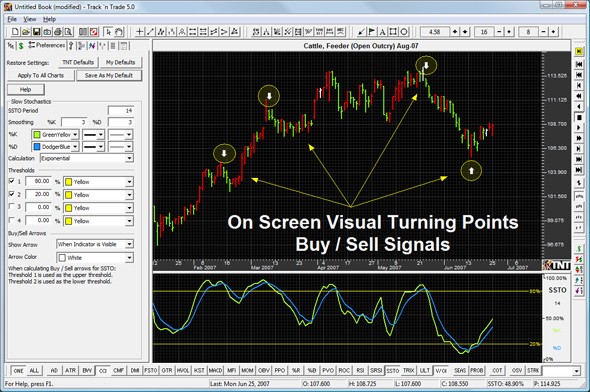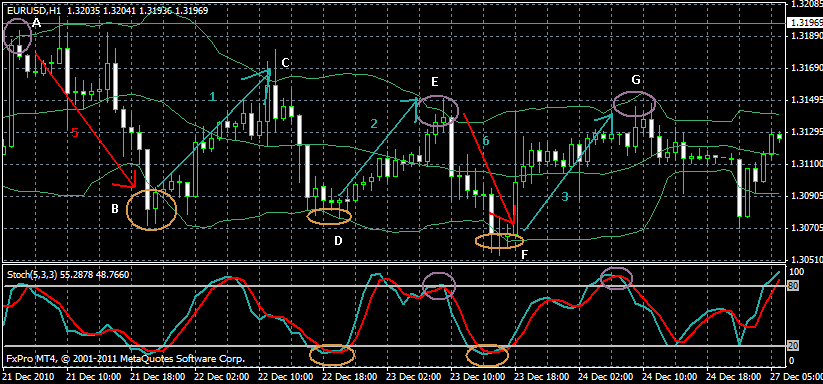Determine how many futures contracts to trade using ATR (average true range) FREE Futures Trading
Post on: 14 Июль, 2015 No Comment

Our online traders often ask me: “How many futures contracts should I trade per position?” Experience, risk tolerance, risk capital and market knowledge all play a role in a traders decision as to the number of positions traded. The bottom line is how much risk a trader is willing to assume.
Fortunately, there are some objective mathematical tools available to help traders determine how many contracts to trade. These tools should be used along with common sense and other personal factors that may exist.
Lets first assume that Day-Trader Jack has a $15,000 account and his favorite market is the Emini S&P 500 (ES) using 5 minute bars.
The overnight margin requirement is currently set at $4,375.
Jack however is a day-trader (all positions are closed prior to the sessions close) and therefore benefits from lower intraday margin rates of only $1,000/contract.
With a $15,000 account size, Trader Jack can hold as many as 15 contracts.
This is obviously far too risky and entirely not recommended.
So now Day-Trader Jack, being a rational and risk averse trader needs to determine how many positions he should trade based on an objective formula.
Jack figures that risking 4% ($600) of his account size per trade is reasonable.
Using The Average True Range (ATR, there are several factors needed to compute the number of positions to be traded.
1 – Account Size ($15,000)
2 Risk per Trade as a Percent of account size ($600)
3 – Average True Range of the last 10 bars (or any number of bars you prefer)
4 – A multiple of ATR (in this case well use a multiple of 1.5 ATR)
Fortunately, most trading platforms can compute ATR for us saving us precious time.
However if you really want to do it manually, heres the formula:
True high = Todays high or yesterdays close (whichever is higher)

True low = Todays low or yesterdays close (whichever is lower)
True range = True high – true low
We run the formula on our platform and come up with a 10-bar ATR of 4 points.
Multiplying $200 ($50 x 4) by 1.5 ATRs we get $300.
Now we take $600 / $300 = 2 contracts. In this case Jack would trade 2 contracts.
As a further example, using a 30 Bar ATR, we get a value of 9 points or $450 ($50 x 9).
Multiplying $450 by 1.5 ATR we get a risk of $675.
In this case Jack would skip the next trade and wait for conditions to return within his pre-determined risk of $600 or less.
TRADING FUTURES AND OPTIONS INVOLVES SUBSTANTIAL RISK OF LOSS AND IS NOT SUITABLE FOR ALL INVESTORS. PAST PERFORMANCE IS NOT NECESSARILY INDICATIVE OF FUTURE RESULTS.














